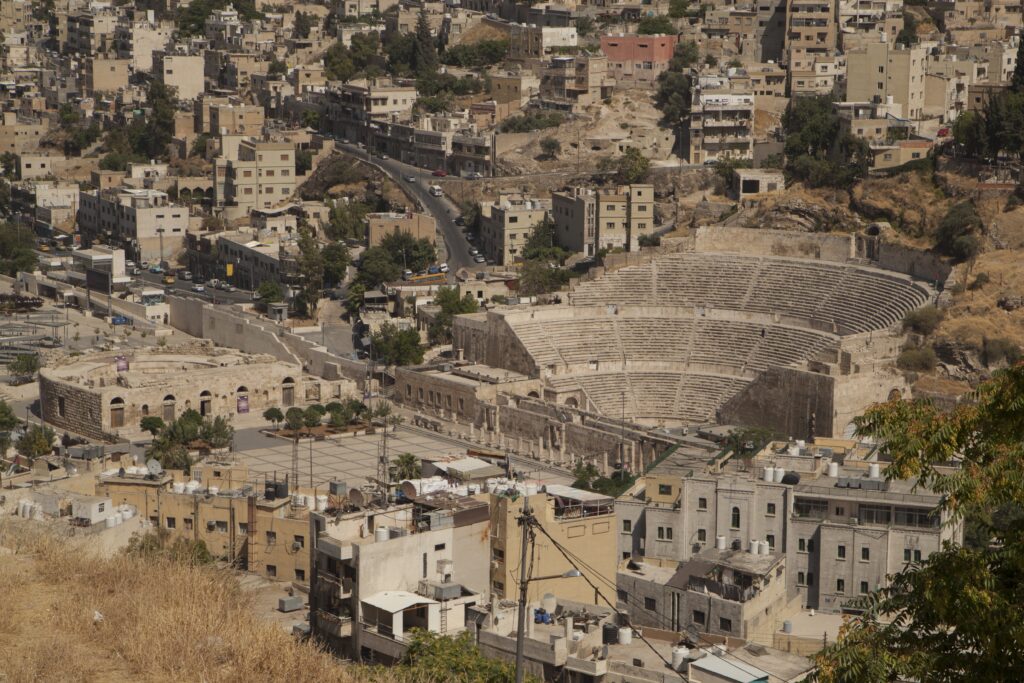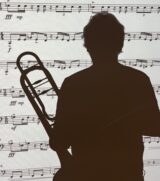The clarity of sound within any Greek or Roman theatre (without any form of enhancement) is impressive to any visitor. The seats arranged in curved rows around the circular orchestra form large horizontal reflecting surfaces. This ensures that the path of the sound waves travel from the source (the actor or singer) to each of the listeners in a direct path (i.e. without reflection). Vitruvius, however, claimed further enhancements could be made.
“In theatres, also, are copper vases and these are placed in chambers under the rows of seats in accordance with mathematical reckoning. The Greeks call them Echeia. The differences of the sounds which arise are combined into musical symphonies…
… it becomes fuller, and reaches the audience with a richer and sweeter note.”
Vitruvius, on Architecture, Book I, – on training of architects, Loeb
The results of this research were published in Brill’s Companion to the Reception of Vitruvius, Volume Editors: Ingrid Rowland and Sinclair Bell. The resonant vessels known as echeia have been the subject of significant debate, disagreement and contradiction to scholars since antiquity. Prof. Ingrid Rowland was responsible for the definitive edition of Vitruvius’ The Ten Books on Architecture (Cambridge University Press). A treatise written in Latin on architecture, dedicated to the emperor Augustus, much more than a book on buildings and machines, the contents of De Architectura reveal a greater meaning of ‘architecture’, combining science, mathematics, geometry, astronomy; and not least the arts, sound, acoustics and music.

